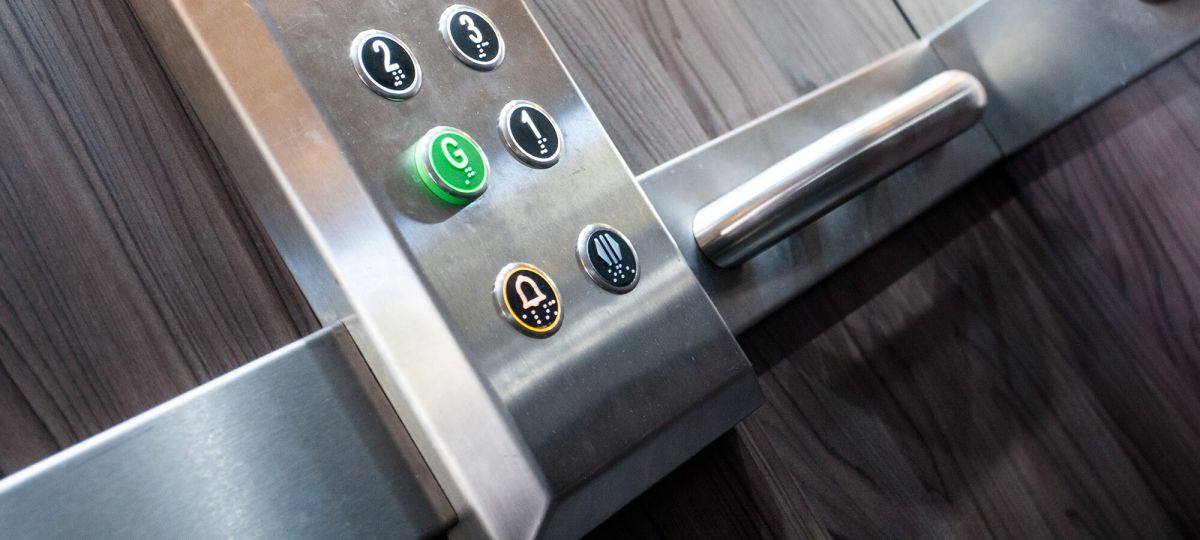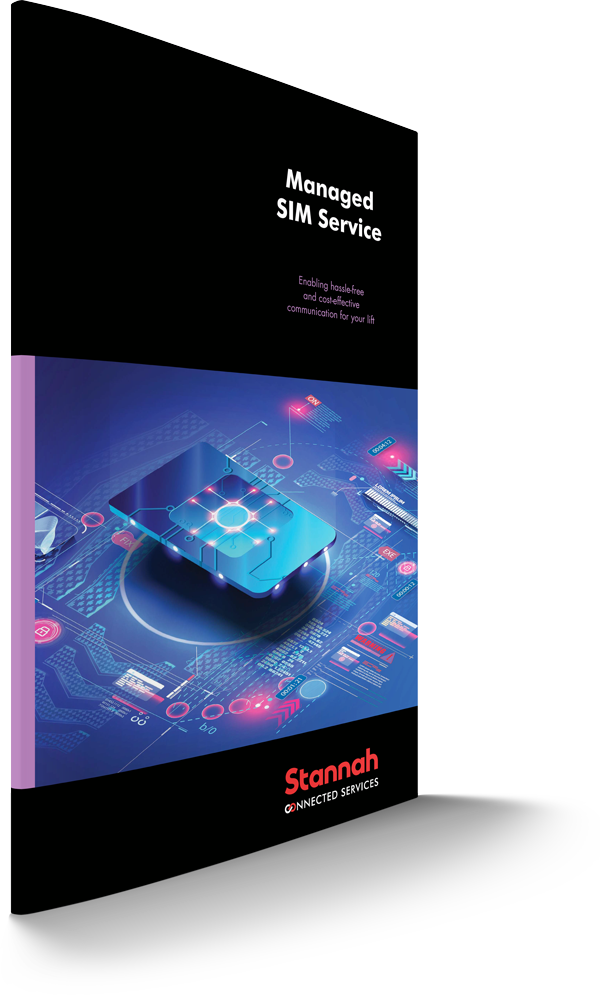Hassle-free phone line management from the experts
Historically, it has been challenging, time-consuming and costly to manage the emergency phone for your lift. From scheduling lift engineers and phone companies simultaneously, to unnecessary call-outs due to accidentally turned off phone lines or expired SIM cards for lifts.
To add to this, the switch to digital is rendering older fixed lines phone technologies defunct. The internet of things (IoT) has made VoIP lines and GSM units for lift auto-diallers possible, with the UK’s PSTN network being switched off by the end of 2025.
Now, as part of Stannah’s Connected Services, we provide the ideal Managed SIM Service to simplify your lives and give you total control. The service covers the associated costs of line rental and call rates and relieves you of the management burden – it’s total phone line and connectivity management, including all technical and on-site support. Our package also includes 3-day line test monitoring, as required under EN81-28, plus constant monitoring of GSM connectivity for quick, reliable identification of connectivity issues.
What the digital switchover means for you
If you are a building manager, you may already know you need to change the phone lines in your building, but may not have realised that the emergency alarm device for your lifts will be affected by the Public Switch Telephone Network (PSTN) switch off.
Some lifts in buildings, and some home lifts, feature an emergency alarm device that enables passengers to communicate in an emergency. This emergency alarm device typically connects to a rescue service via telephone. Lift owners must now manage the transition of their emergency alarms from analogue phone lines to an alternative digital option because of the analogue to digital switchover.
The digital switchover won't happen overnight. This work is being completed in phases across the UK, with telecom providers notifying customers about to be affected.
However, you must be prepared for this. Understanding the implications for your lift and choosing the best emergency communication devices for your lift ahead of time is essential to comply with lift regulations and keep your passengers safe.
The timeline
November 2017: BT Openreach announced that traditional copper-based telephony lines would be phased out
September 2023: BT Openreach stopped selling analogue phone lines to new customers
December 2025: all support for analogue lines will be deactivated and removed
Features and benefits
Cost-effective
Our Managed SIM Service is incredibly cost-effective, it prevents callout costs for non-working phone lines and saves on landline rental costs - all with flexible contract terms to suit your requirements.
Hassle-free
No need to manage multiple suppliers for your emergency lift communication requirements. Just one provider, Stannah, offering peace of mind with 24/7 management on your behalf.
Fully compliant
Superior levels of connectivity, compliance (EN81-28) and reporting, with 24/7 line monitoring giving rapid notification of connection irregularities meaning issues can be attended to and remedied more quickly.
Frequently asked questions
When will this switchover start?
It's already begun and will continue to switch over until analogue support ends in 2025. For more information, visit: www.openreach.com/upgrading-the-UK-to-digital-phone-lines/industry
How will the analogue to digital switch affect my lift?
Existing autodialler designs typically rely on an analogue dial tone and dual-tone multi-frequency (DTMF) signalling to operate, both of which are being withdrawn as part of the switchover. Also, digital technology doesn't carry power, so a separate power backup is needed to ensure the lift emergency communication systems continue to function in the event of a power failure and comply with code requirements.
How can I make sure my lift autodialler still works?
Old-style analogue lift autodialler units should be switched from their current landline connection to modern technologies. There is some good news: the SIM card's cost is substantially lower than a commercial landline; these savings will eventually pay for the new hardware and installation that will also likely be required.
Do I still need to coordinate BT and Lift Engineers at the same time?
Absolutely not. Lift owners who have had lift emergency phone link connectivity problems in the past are painfully aware of the logistical challenge and cost of attendance when arranging multiple trades. In the event of an issue, we'll manage this for you going forward.
Will the GSM signal strength be strong enough?
For most applications, yes. It is a permanent roaming SIM which means multiple GSM gateways are available for selection by the device, so it selects the one with the best signal strength. We ensure your lift is suitable as part of our initial assessment. Since 2G and 3G are also due to be withdrawn in the coming years, we recommend a 4G solution, including a SIM card.
Can I buy my own pay-as-you-go SIM card?
Unlike the SIMs for mobile phones, we use special SIM cards ideally suited to the lift shaft and its operating environment. Plus, with our service, we manage it fully, meaning you don't need to worry about adding money and checking its functions.
Is this a legal requirement?
There has been a requirement to fit alarm devices to lifts since 1999 under the Lifts Regulations to allow trapped passengers to call for help. Similar alarm devices have also been fitted to many new enclosed lifting platforms and many older lifts as an important improvement for the safety of passengers.
What is EN81-28?
First introduced in 2003, the EN81-28 standard applies to alarm phone systems for all new passenger and goods passenger lifts. It details any alarm system's safety requirements, technical characteristics, information, and design verification. Specifically, certain functions such as a 3-day test call to check the system's integrity should be conducted, a function that fibre cannot support, hence the need to review suitable digital alternatives.



